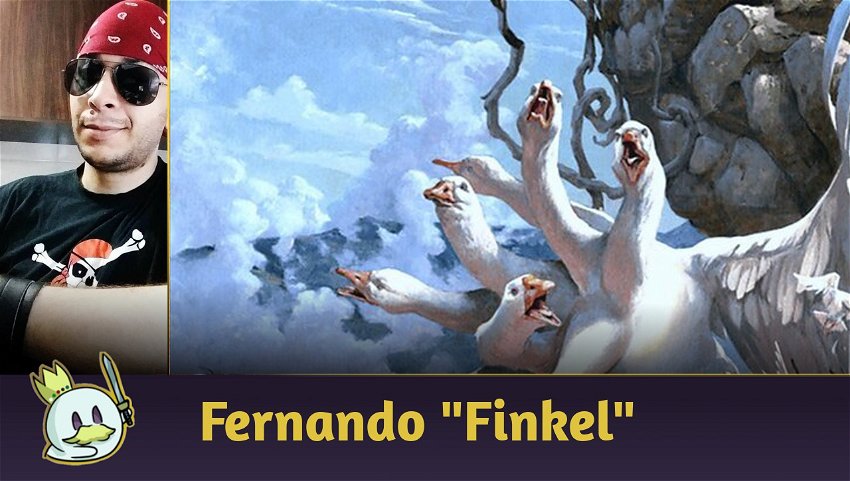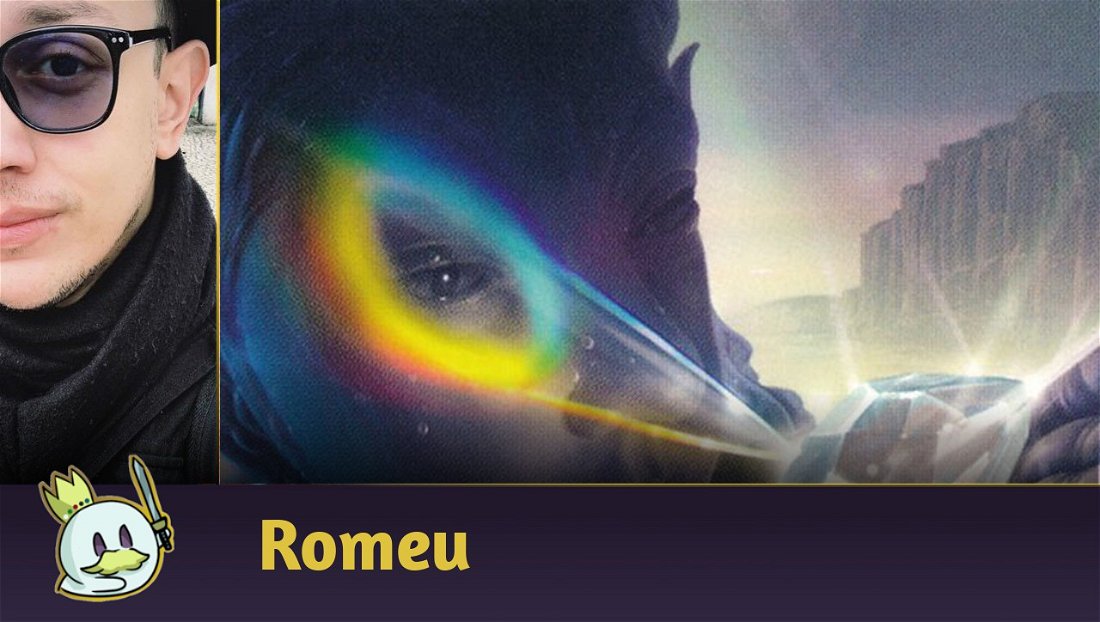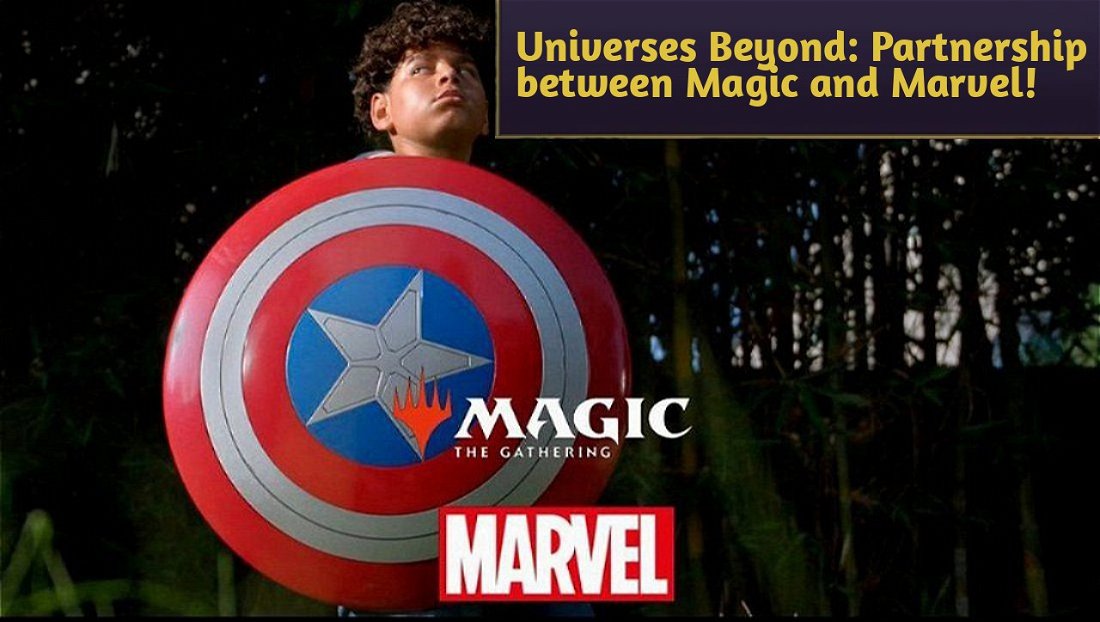Introduction
Welcome to another Deck Tech! This time, let's develop a deck with a fascinating Legendary creature from Eldraine, which is a bit bizarre and definitely comical - we're talking about The Goose Mother!
A hydra is usually an already complex, incredible creature due to its whole mythology, but a goose hydra is, certainly, dangerously surprising. Let's venture into its possible strategies, creating a deck full of interactions that will bring us to victory.
The Commander - The Goose Mother
Ad

The Goose Mother's ability set shows great potential, starting with its flexible cost, which will enable us to assess what is the best time to cast it, always considering the amount of mana and resources available. This mana cost factor, which boosts this commander's strength, is a strong point we should consider, because the more mana we have, the more power we have - which will allow us to potentially reach 21 commander damage.
Our strong suits are the great synergies with accelerations and card draw, besides interactions with tokens, artifacts and counters, which will also have their strategic value, and are the main choices for this deck's build.
Main Mechanics in the Deck
Let's develop our strategy, making clear that this type of deck can vary a lot regarding its build options because of how many synergies we can bring. This is an excellent trait, because having as much strategic variety as we do will allow us to expand our experience and explore different building styles, creating different decks with the same shell and consistency.
It is like having many different decks in just one; just change some key cards, varying strategy and also boosting your fun. To create such possibilities, I suggest you take a look at the maybeboard, because we've left there a varied list if you want to build other versions which are viable too.
Accelerators
Like any Simic 

In this deck, we concentrated on adding low-cost mana curve accelerators, so we can cast them early and even connect them on that same turn. That will allow us, on the following turns, to access more actions, but we also use a few high-cost mana curve accelerators to impact the game with a few specific play patterns.

Synergy: Tokens
Let's approach the synergies we can create with the deck's tokens, particularly the Food tokens created by the commander and other usual cards.
An interesting fact is that Food tokens are connected to various cards in this deck for different reasons, which actually amplifies your choices. One of the values we'll focus on this deck tech is how to increase the number of our tokens on board - because the more, the better!

By doubling down on actively trying to widen our battlefield, we can assign different roles for these tokens, besides their actual abilities.

Ad
Synergy: Artifacts
Our deck's tokens are essentially artifacts, and, if we go back to how we want to widen our battlefield, we can take advantage of this trait for our strategy.
Let's separate different card options, paying close attention to resourceful and support cards first:

Further on, we can see the options we've selected as ways of boosting and buffing the power of our battlefield, and therefore create alternative win conditions.

Support and Resources
We have cards that aren't connected to this list's main goal, but that create the basis of the deck utility-wise. If you'd like to change this deck's strategy, these cards can be kept as this deck's shell, because they set down a good foundation base for various available styles.
The options below can be good answers, protection spells and also control cards, which, when used with precision, can guarantee your deck will work as well as it possibly can.

Decklist
Observing the list above, we can see that our deck is characterized as a Midrange Aggro deck in the strategy we've chosen. We have cards that build a solid battlefield, allow us access to good resources and stable answers, and develop our strategy as we look for victory through massive attacks or the Voltron potential our commander represents.
As we can bring a reasonably powerful one-hit attack, and because our commander has the Flying ability, which implies a good evasion, we can defeat opponents by using the "21 commander damage" rule.
Putting the Strategy to the Test
I described below a few promising play lines I recommend you use during matches, considering the best way to pilot our deck, avoiding mistakes and guaranteeing you'll thoroughly extract as much as you can out of this deck and its resources.
As our deck brings 
We also have 
Ad
The combination of the colors 

Finally, as pointed out before, you can reach victory through the commander or with Kappa Cannoneer, Nettlecyst and Hydroid Krasis in a Voltron line, or with massive Aggro plays, such as Finale of Devastation, Overwhelming Stampede, Cyberdrive Awakener, Rise and Shine and Night of the Sweets' Revenge.
However, we have one particular card that can guarantee an alternative win condition in this strategy:

In a simple context, it has direct synergy with the commander and the other counter cards present in the deck, because, when we play these strategies, we'll trigger this enchantment's ability, which can potentially grant us victory during the next upkeep if we have stacked 20 counters with this ability.
Online Version - MTGA
Here is a revised list with viable and optimized replacements for our Magic Arena players! We use the same tech presented in this article, but in its online mode, in Historic Brawl and with a few significant changes to the build in comparison to its IRL version.
Budget Version
And last, but not least, we have the optimized Budget version, dedicated to friends that are interested in our deck tech and want to enjoy this sensational strategy, but with a limited budget.
Final Words
Any time new sets are released, I pay close attention to commanders with this color combination, as more deck options open up to us players. These decks, even if they are similar to other existing decks, can potentially be innovative in some aspects - even more so when we can be flexible with our build, such as the shell presented in this article, which we can change a part of and create a different deck.
Now, it's up to you readers! Did you like this article? What is your favorite play pattern for this build? Would you do something different and more innovative? Don't forget to leave your comments, feedback, suggestions and opinions in the comment section, so we can grow and learn together.
Cheers, and see you next time!










— Comments0
Be the first to comment